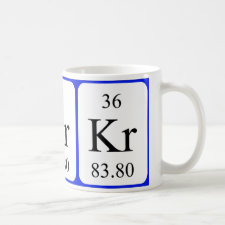
Authors: Luo N, Hatchett DW, Rogers KR
Article Title: Impact of Polycyclic Aromatic Hydrocarbons on the Electrochemical Responses of a Ferricyanide Probe at Template-Modified Self-Assembled Monolayers on Gold Electrodes.
Publication date: 2006
Journal: Electroanalysis
Volume: 18
Issue: (22)
Page numbers: 2180-2187.
DOI: 10.1002/elan.200603655
Abstract: The impact of polycyclic aromatic hydrocarbons (PAHs) on the electrochemical responses of a ferricyanide probe using gold electrodes coated with template-containing self-assembled monolayers (SAMs) was investigated using cyclic voltammetry and square-wave voltammetry. The thiolated compounds that were used to form SAMs included 1-hexadecanethiol, 11-mercapto-undecanoic acid, 11-mercaptoundecanol, and (3-mercaptopropyl) trimethoxysilane (MPTS). When the SAMs were formed from 1-hexadecanethiol or 11-mercapto-undecanoic acid in the absence of pyrene, the SAM-modified electrodes prohibited access of the ferricyanide probe and no impact of pyrene was observed. SAM-modified electrodes (all except for MPTS) that were formed in the presence of pyrene then washed free of pyrene showed an increase in accessibility of the probe ferricyanide upon the addition of pyrene to the electrolyte solution. When electrodes were modified with MPTS to form stabilized SAMs in the presence of pyrene, however, a reduced redox current for the ferricyanide probe was observed with increased pyrene or naphthalene in the electrolyte solution. A degree of selectivity was noted in that this current response was not observed for addition of benzo[a]pyrene
Template and target information: pyrene, polycyclic aromatic hydrocarbons, PAHs
Author keywords: self-assembled monolayer, polycyclic aromatic hydrocarbons, molecularly imprinted polymer



Join the Society for Molecular Imprinting

New items RSS feed
Sign-up for e-mail updates:
Choose between receiving an occasional newsletter or more frequent e-mail alerts.
Click here to go to the sign-up page.
Is your name elemental or peptidic? Enter your name and find out by clicking either of the buttons below!
Other products you may like:
 MIPdatabase
MIPdatabase









